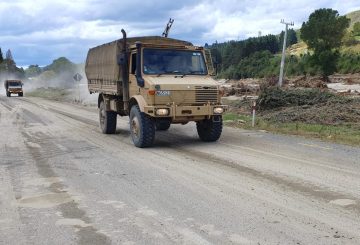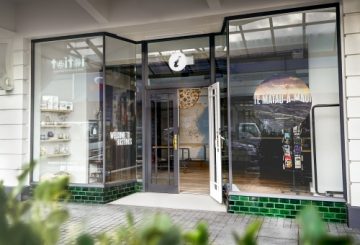샌드라 헤이즐허스트 (Sandra Hazlehurst) 시장은 헤이스팅스 시의회 주택에 거주하는 노인들의 임대료가 내년 초부터 두 배로 증가할 것이라고 발표했습니다.이는 헤이스팅스, 해브록 노스, 플랙스미어에 있는 9개 노인 주택 단지에 있는 220가구의 거주자들에게 영향을 미칠 것입니다.1월 말부터 주당 260달러를 지불해야 하는데, 이는 장기 세입자의 경우 현재 세율인 117달러, 작년 7월 이후 입주한 세입자의 경우 178.50달러에 비해 크게 인상된 금액입니다.
시의회에서는 이번 인상이 주택 재검토 결과 현재의 임대료로는 장기적으로 이 서비스를 유지하기에 충분하지 않다는 사실이 밝혀졌기 때문이라고 밝혔습니다.새로운 정책은 노인 주택을 필요에 따라 배정하고, 합리적인 가격을 유지하고, 거주자, 의회 및 더 넓은 지역사회의 이익을 위해 재정적으로 지속 가능하도록 하기 위해 고안되었습니다.
또한 시의회는 현재 250명의 대기자 명단에 올라 수요가 크게 증가하고 있으며 보험 및 유지 보수와 같은 비용이 상승하고 있다고 지적했습니다.
헤이즐허스트 시장은 임대료 인상과 새 정책이 의회의 어려운 결정이었다는 점을 인정했습니다.그녀는 고령 거주자들에게 미칠 영향에 대해 우려를 표명하면서 시의회가 사회개발부와 협력하여 주민들이 개인적 피해를 최소화할 수 있도록 정부가 지원하는 숙박 시설 추가 시설을 이용할 수 있도록 돕고 있다고 밝혔습니다.
주민들을 초대하여 시의회 주택 팀과의 설명회에 참석하여 변경 사항에 대해 논의할 예정입니다.시의회는 기본 연금 소득이 있는 사람들이 새로운 임대료를 충당하는 데 도움이 되는 더 높은 숙박 보조금을 받을 수 있을 것으로 기대하고 있습니다.하지만 각 사례는 개별 상황에 따라 다를 수 있습니다.
정부가 Covid-19 봉쇄로 인해 임대료 인상을 6개월 동안 동결한 2020년을 제외하고는 2014년 이후 매년 약 2% 씩 인상되었습니다.또한 새 정책은 다른 의회와 연계하여 시의회 노인 주택 단위의 자격 연령을 55세 이상에서 65세 이상으로 인상합니다.




























































